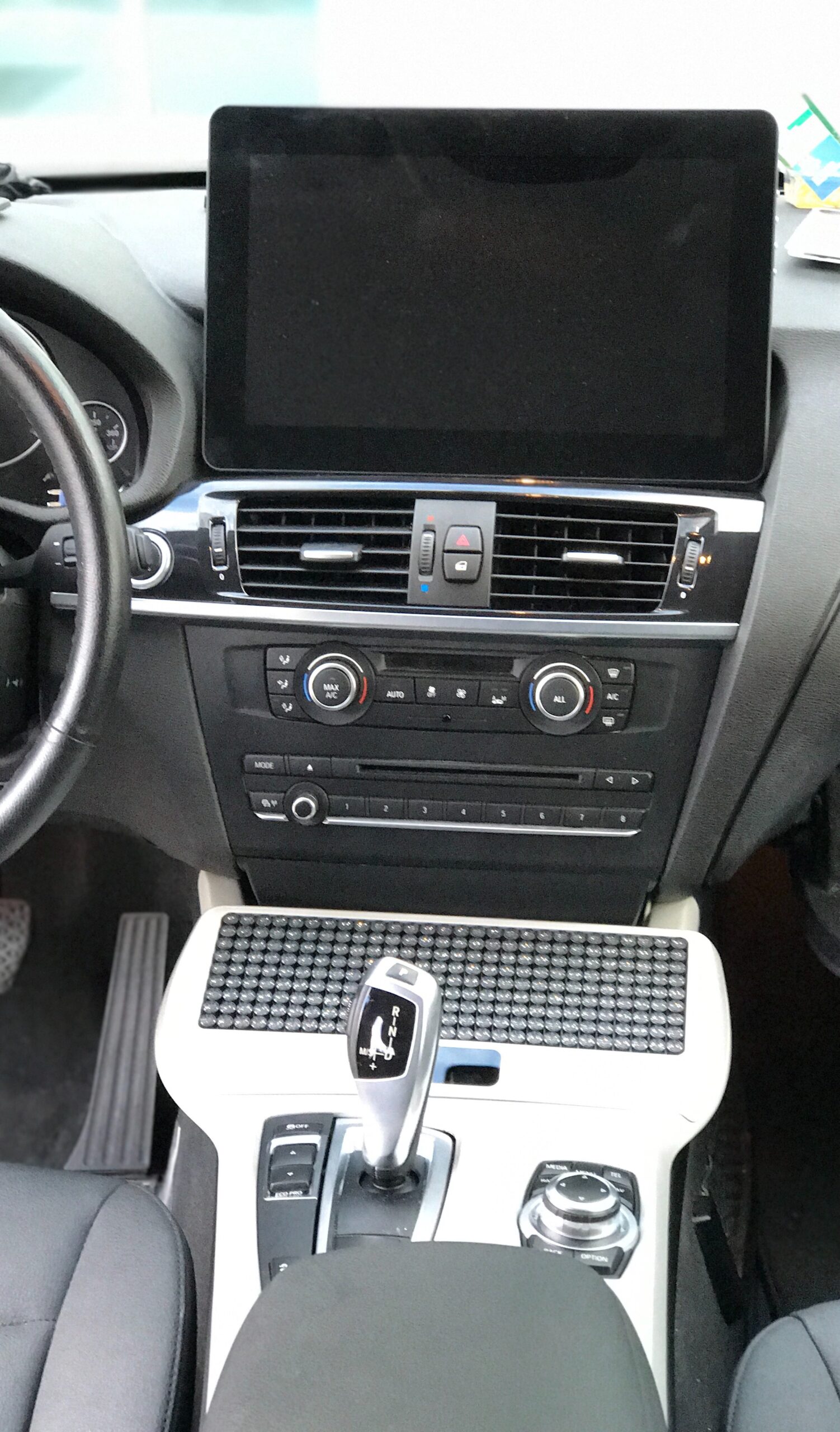HARMAN’s First In-Cabin Gesture Control Interface with Mid-Air Haptic Feedback

When we began developing HARMAN’s inaugural gesture control system, our objective was clear: to create an intuitive, contactless interface that enhances driver safety and enjoyment. Early user studies showed that drivers overwhelmingly prefer simple gestures with tactile confirmation—a challenge we met by integrating mid-air haptic feedback through an advanced sensing partner. This technology reassures drivers that their gesture has been recognized, minimizing “eyes off the road” time and reducing uncertainty.
As Sr. Manager of Technology Product Management, I was responsible for defining which commands would deliver the most value (like volume control, phone call management, and navigation interactions), driving the definition of a simple “gesture language,” and ensuring smooth integration with HARMAN’s in-cabin electronics. Eventually, hardware teams miniaturized the underlying sensors, making them nearly invisible and maintaining a clean cabin design.
From prototyping through commercial deployment, I led the product’s evolution into a next-generation HMI solution—one that studies show not only reduces driver distraction but also significantly increases user satisfaction. Today, this technology has rolled out globally across multiple OEMs and vehicle lines, laying the groundwork for a safer, more intuitive in-cabin experience.